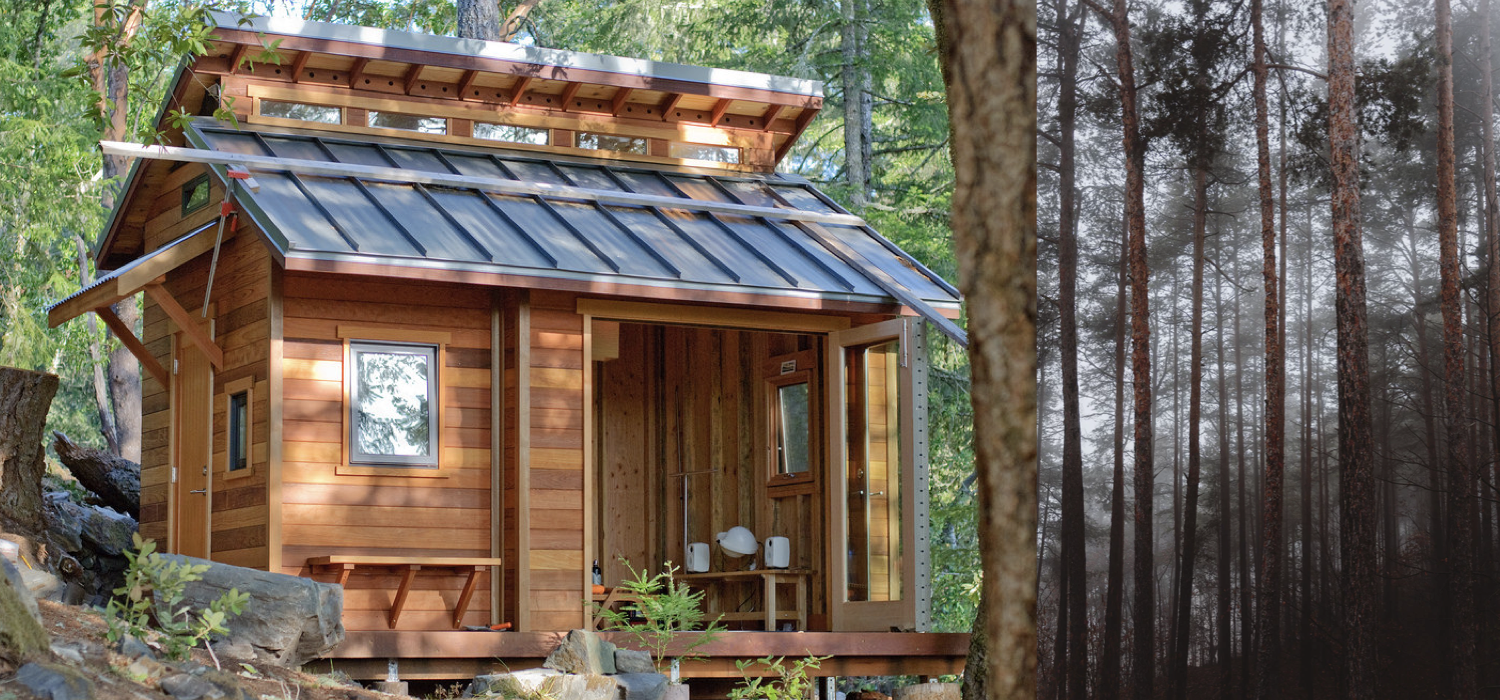In the past, granny units weren’t typically inhabited by grannies. Most such units served as an income source for the homeowner, and were rented out to twenty-somethings who were getting their feet wet in the job market. Or, in more recent economic times, to people of all ages who need an affordable place to live.
But now, tiny houses may become a new senior destination, lending a whole new meaning to the term “downsizing”.
Bill Thomas, MD, who created The Green House model, a new standard in long-term care, envisions these “granny pods” as either accessory dwellings, or actual homes for seniors who want to remain independent, yet near family or other loved ones.
Tiny Houses with a Big Purpose
While the tiny home concept has been around for years, Thomas’ prototype includes smart home features and universal design elements to make the tiny home safe and secure for seniors.
Although a tiny house likely won’t qualify for a reverse mortgage due to its portability — and probable lack of comps for an accurate valuation — a HECM client can use part of their loan to invest in a senior-suited tiny house, and potentially use this “turtle shell” for retirement travel.
Thomas originally developed his prototype, the Minka, for his adult daughter, who requires round-the-clock care due to a neurological disorder. Throughout 2018, the University of Southern Indiana has been testing a version of the dwellings on campus as a multigenerational community housing model, uniting health professions with other disciplines, such as social work and engineering, in an effort to change the way society perceives aging.

The year-long pilot program, known as MAGIC (Multi-Ability, multi-Generational, Inclusive Community) which also garnered support from AARP, is helping Thomas and his team develop a model framework for building multi-generational, inclusive communities where students from a variety of disciplines work, live and study in close proximity with older adults, with a focus on fostering what he calls “independence together” through social and physical activities and healthful eating.
While we’ve explored how students in the Netherlands live free in nursing homes in exchange for befriending elderly residents, as well as the cohousing model that has even been adapted specifically for the senior market, tiny homes that address multiple abilities is a truly visionary concept.
Nesting with Independence
In fact, Nest, Google’s smart home automation division that is renowned for its “nested” thermostats that can be remotely adjusted from anywhere in the world, and home security systems that allow family members to check in on loved ones, is exploring how best to tweak its products for aging in place.
Because many older adults prefer not to use products specifically targeted to them, but rather mainstream consumer products that are easy for them to use, moving into the aging market after seeing success with a general population is a promising approach, say aging experts.
Will tiny homes someone can nest into fill a role for empty nesters who seek a living environment that’s adaptable, comfortable, and portable? Keep an eye on this evolving trend. If nothing else, Thomas’s Minka may become the granny unit grannies rent out to others in their cohort group who want to stay in a supportive, cozy, affordable environment when they travel.
**A Note from the HECMWorld Staff:** Tiny homes are still a relatively new phenomenon, and traditional lenders are still adjusting to this recent trend. Mortgage professionals should contact their underwriting department to see if a ‘tiny home’ would meet the requirements of a Home Equity Conversion Mortgage.







